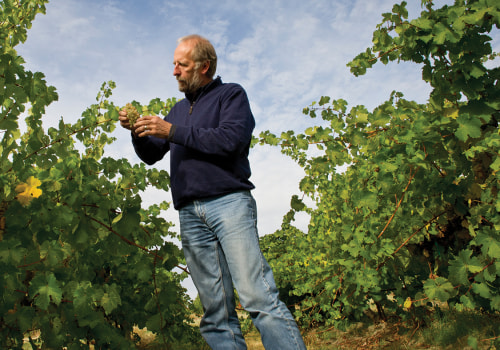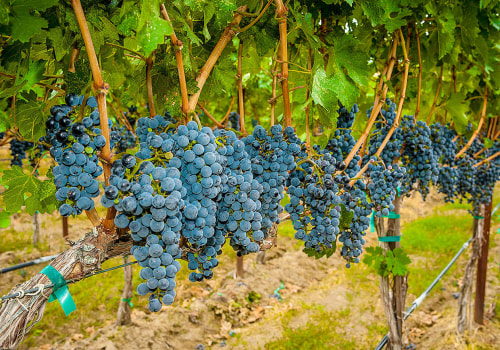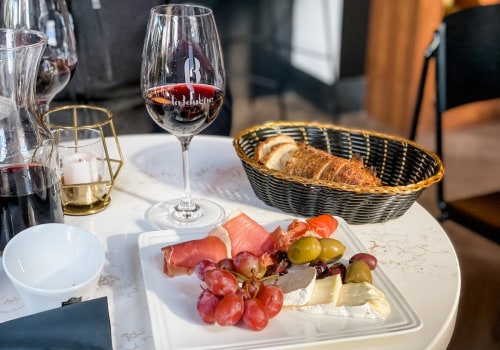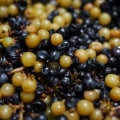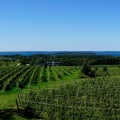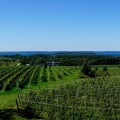When it comes to wines from northwestern Louisiana, most of them are best enjoyed right away, with a shelf life of only 2 to 5 years. If kept for too long, the wine can start to deteriorate and lose many of its qualities. However, sparkling wines can benefit from one or two years of aging in the bottle, as this process can soften the mousse or foam obtained when served. With many years of aging in the bottle after gorging, the contact between the wine and the surface of the wood causes significant changes in the wine, resulting in greater aromatic and flavor complexity, as well as greater stability.
It is worth noting that ethylphenol (4-ethylphenol) and other volatile phenols such as 4-ethylguaicol or 4-ethylcatechol in wines are produced exclusively by the decomposing yeast Brettanomyces sp. The aging stage is the phase with the greatest changes in chemical composition, mainly in the composition of polyphenols (PCs) and their abundance, since they are generally quite unstable and undergo oxidation, polymerization and copigmentation processes during aging with the consequent changes in their antioxidant activity. Fine wines from a renowned winemaker that use high-quality grapes can be expected to maintain their character for longer than cheap, lower-quality wines. The chemical parameters that must be met are established in different laws depending on the origin of the wine, especially in wines subject to the designation of origin.
Most importantly, due to the lower investment required compared to traditional aged wines, the retail price is more affordable, making them more accessible to consumers, although the resulting phenolic and aromatic profile of these wines is significantly different. In cases where the wine is aged with French fries instead of in barrels, the organoleptic characteristics representative of this process are also appreciated. Despite the attempt to imitate traditional techniques, this new system results in products that are significantly different from those obtained when wine is aged in oak barrels. According to archaeological findings, wine production began in Mesopotamia at least around 5400 before the Common Era (a.
C.) and ships transporting wine were developed by the Greeks and Romans around 2000 BC. C. In a young wine, these compounds repel each other and remain small enough to remain suspended in the wine. Fortified wines are wines with added spirits (including port) that have around 20% alcohol by volume (ABV).
In recent years, different materials and methodologies have been explored to produce quality aged wines. It's important to note that how wine is stored can significantly influence the results of wine aging. This process has been applied using a batonation technique, also known as less agitation, as a way to extract the flavor, aroma and texture of white wines. The age of the barrels is also important, since wines aged for a short period (6 to 9 months) show a large difference in the concentration of most oak wood compounds between wine aged in new barrels and wine aged in barrels used once.
Over time, all wines decrease in acidity and if they start with a low acidity they will eventually produce flat, dull flavors.
